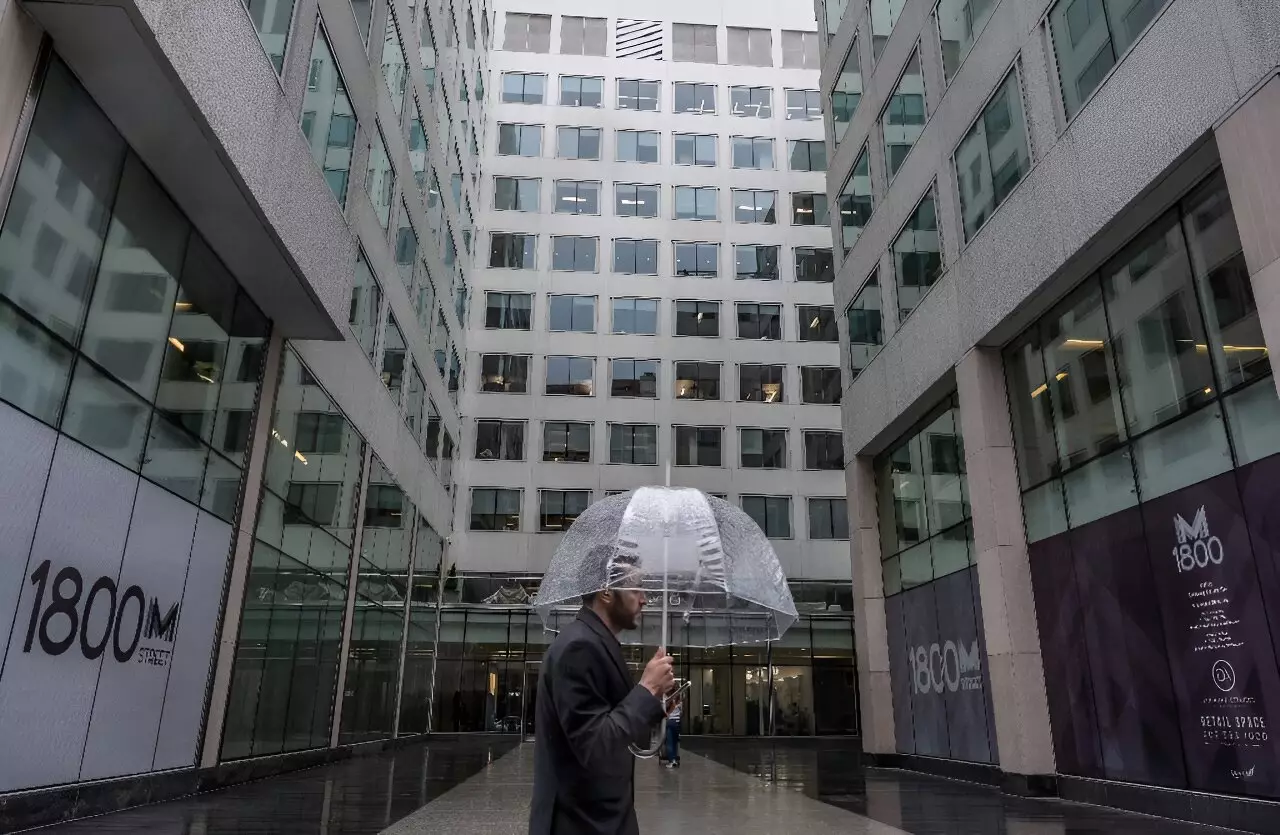The rise in popularity of remote work in the United States has led to a significant decrease in the occupancy of office buildings. This trend has caused concern among property owners and investors as the value of these buildings continues to fall. With fewer people returning to work in cities like San Francisco, Washington, and New York, office vacancy rates have surged to 13.5 percent in 2023 from 9.5 percent in 2019. According to credit company Fitch Ratings, these rates could potentially reach 16.6 percent by the end of next year.
The growing number of empty office spaces poses a risk to banks that have provided loans for these properties. US Federal Reserve Chair Jerome Powell warned that there may be bank failures, particularly for smaller institutions. Approximately $206 billion out of $737 billion in office property mortgages are due to mature this year, but the challenge lies in refinancing these loans amidst high vacancy rates and declining property values. Interest rates are also at their highest in over 20 years, further complicating the situation.
The commercial real estate sector has already experienced a loss of one-third of its value due to changing work patterns. As more commercial loans need to be renegotiated every three to five years, there is a looming risk of a “chain reaction” where banks may face defaults from borrowers and capital stress. This could have broader implications for the financial system, as noted by National Economic Advisor Lael Brainard. While larger establishments may be able to absorb some losses, smaller banks, retirement funds, and insurance companies with exposure to commercial real estate may be more vulnerable.
Government Intervention and Risk Mitigation
The Federal Reserve has been actively engaging with banks that have high concentrations of commercial real estate assets, particularly office and retail properties. The aim is to monitor and address potential risks before they escalate into systemic issues. If properties are sold for less than anticipated, it could trigger a domino effect, prompting banks to reassess their potential losses and increase their credit loss provisions. This scenario was evident in the case of New York Community Bancorp, which reported a significant provision for its real estate loan portfolio in response to market changes.
The shift towards remote work has had a profound impact on the commercial real estate market in the United States. The future of office buildings remains uncertain as vacancies continue to rise, posing risks to banks and other financial institutions. Government intervention and proactive risk management strategies will be crucial in mitigating these challenges and ensuring the stability of the financial system in the face of evolving work patterns.



Leave a Reply